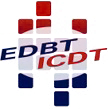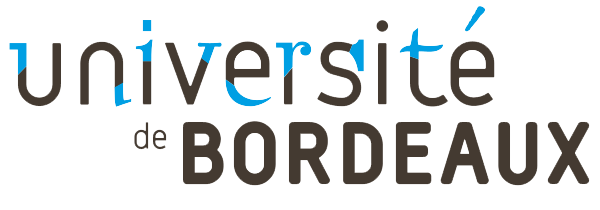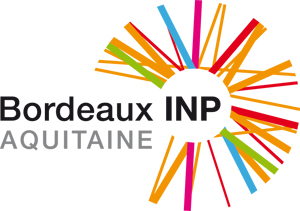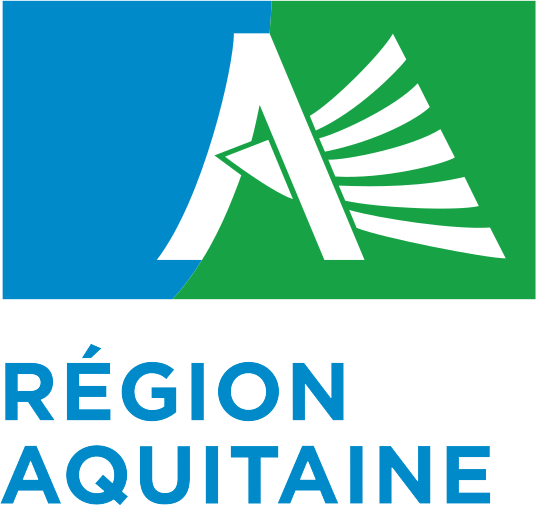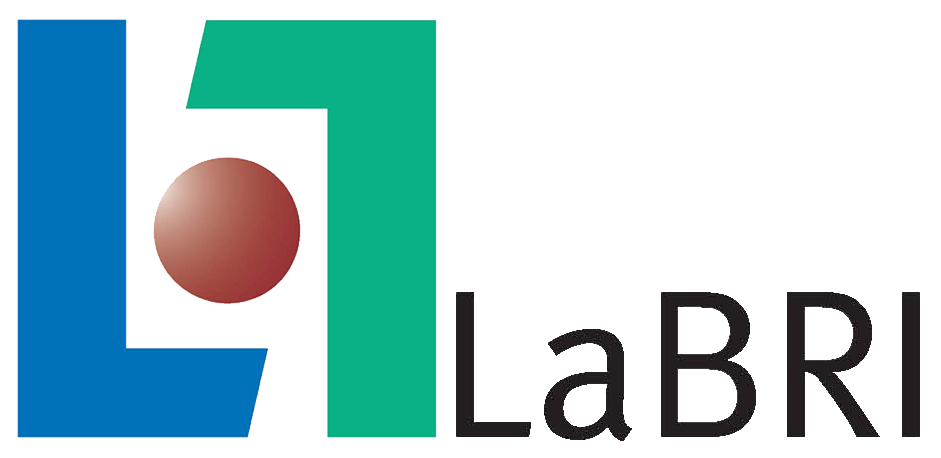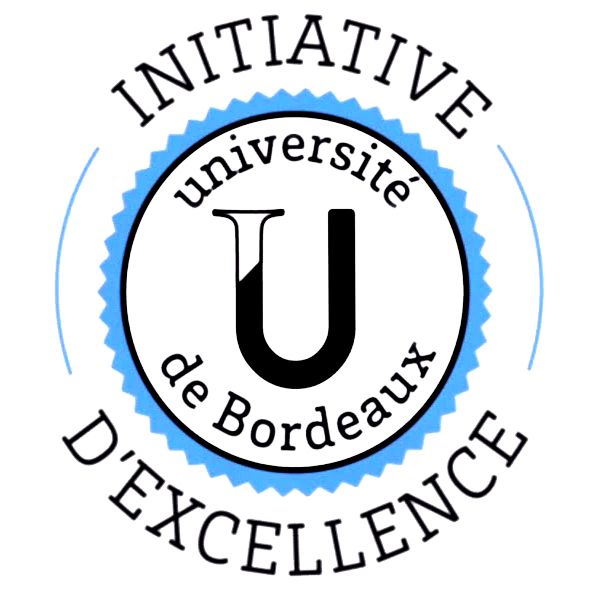General Information
Program
Organization
Downloads
EDBT 2016 Call for Papers
The International Conference on Extending Database Technology is a leading international forum for database researchers, practitioners, developers, and users to discuss cutting-edge ideas, and to exchange techniques, tools, and experiences related to data management. Data management is an essential enabling technology for scientific, engineering, business, and social communities. Data management technology is driven by the requirements of applications across many scientific and business communities, and runs on diverse technical platforms associated with the web, enterprises, clouds and mobile devices. The database community has a continuing tradition of contributing with models, algorithms and architectures, to the set of tools and applications enabling day-to-day functioning of our societies. Faced with the broad challenges of today's applications, data management technology constantly broadens its reach, exploiting new hardware and software to achieve innovative results.
EDBT 2016 invites submissions of original research contributions, as well as descriptions of industrial and application achievements, and proposals for tutorials and software demonstrations. We encourage submissions relating to all aspects of data management defined broadly, and particularly encourage work on topics of emerging interest in the research and development communities.
A pdf version of this CFP is available here
Topics of Interest
We welcome papers on topics including, but not limited to, the following:
- Availability, Reliability, and Scalability
- Tuning, Monitoring, Benchmarking and Performance Evaluation
- Big Data Storage, Processing and Transformation
- Data Curation, Annotation and Provenance
- Data Management in Clouds
- Complex Event Processing and Data Streams
- Data Mining and Knowledge Discovery
- Data Warehousing, Large-Scale Analytics, and ETL Tools
- Emerging Hardware and In-memory Database Architecture and Systems
- Heterogeneous Databases, Data Integration and Interoperability
- Middleware and Workflow Management
- Parallel, Distributed and Grid Data Management
- Privacy, Trust and Security in Databases
- Indexing, Query Processing and Optimization
- Semantic Web and Knowledge Management
- Sensor and Mobile Data Management
- Scientific and Statistical Databases
- Social Networks and Crowdsourcing
- Graph Databases
- Spatial, Temporal, and Geographic Databases
- Text Databases and Information Retrieval
- Semi-Structured and Linked Data Management
- Modeling, Mining and Querying User Generated Content
- Data Quality
- User Interfaces and Data Visualization
Vision Paper Track
As in recent EDBT editions, in addition to research papers, EDBT 2016 welcomes the submission of vision papers. The Vision Paper Track will provide a forum for the identification and discussion of new or emerging areas, innovative or risky approaches, or emerging applications that will require extensions to established techniques. A vision paper should:
- Describe an area in which there is a need for significant new results; the vision articulated should be for a strand of research that may take years to investigate fully, and for which there may be scope for a variety of approaches.
- Motivate research in the area by making it clear that there are challenging problems to be solved, and that the solutions to these problems would be valuable.
- Motivate future research in the area by making the case that there is a need for substantial technical contributions, such as the provision of new theoretical foundations, the development of new techniques or architectures, or the creation of new interdisciplinary communities.
A vision paper need not contain preliminary results, and where there are such results, their role should be more to indicate the challenges that exist than to advocate a specific solution.
Vision papers should be submitted to the Vision Paper Track and should not exceed 6 pages in length.
Important Dates for Research and Vision Papers
- Abstract submission deadline:
September 21, 2015, 4:59pm CET - Paper submission deadline:
September 28, 2015, 11:59pm Hawaii Time - Notification: December 10, 2015
- Camera-ready deadline: January 10, 2016, 4:59pm CET
Duplicate Submissions
All submissions must be original work that currently is not in submission to any other venue. A paper submitted to EDBT cannot be under review for any other publishing forum or presentation venue (including conferences, workshops, and journals) during the time it is being considered for EDBT. Furthermore, after you submit to EDBT, you must await our response and only resubmit elsewhere if your paper is rejected (or withdrawn at your request) from EDBT. Violation of this policy will result in a straight reject. This restriction applies to identical submissions as well as to submissions with a substantial overlap in scientific content and results.
Submission Guidelines
All aspects of the submission and notification process will be handled electronically. All papers should be submitted in electronic format using the conference submission site at: https://cmt.research.microsoft.com/EDBT2016/.
Abstract submission is on September 21, 2015, 4:59pm CET. Paper submission is on September 28, 2015, 4:59pm CET. No late papers will be accepted.
Research papers should be submitted to the Research Track, while vision papers to the Vision Track.
EDBT 2016 submissions are reviewed following a single blind review process, meaning, you do not need to hide authors’ names and affiliations.
Formatting Instructions
Papers must be formatted according to the conference camera-ready format using the ACM proceedings double-column format. They must be submitted as PDF documents.
Research papers should not exceed 12 pages. Vision papers should not exceed 6 pages.
Templates to prepare your submission can be found on the ACM SIG Proceedings templates website. It is not permissible to change the template's font size, margins, intercolumn spacing, or line spacing. Templates are available in Word and LaTeX (version 2e). For the LaTeX formats, you may use either the standard style or the SIG-alternate style.
